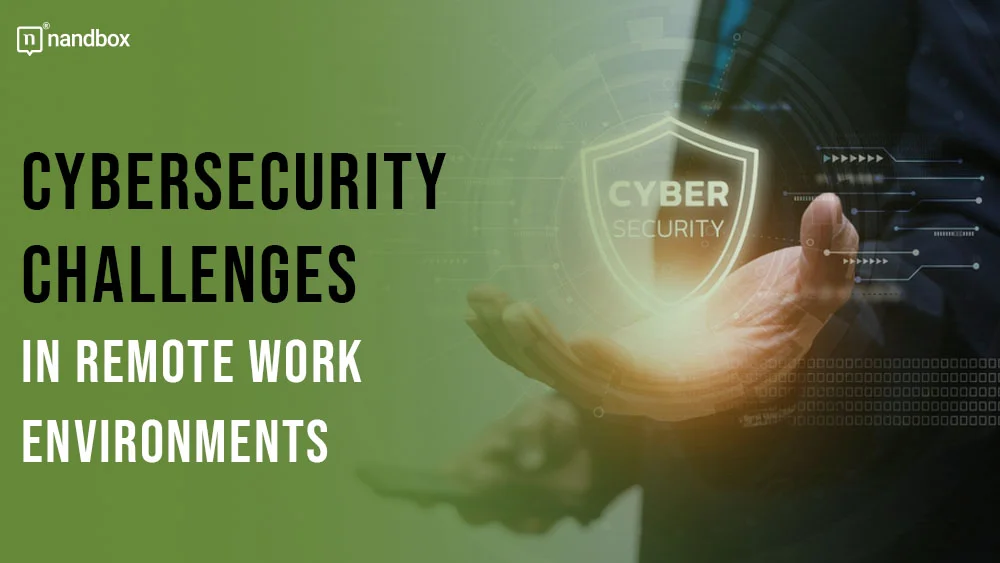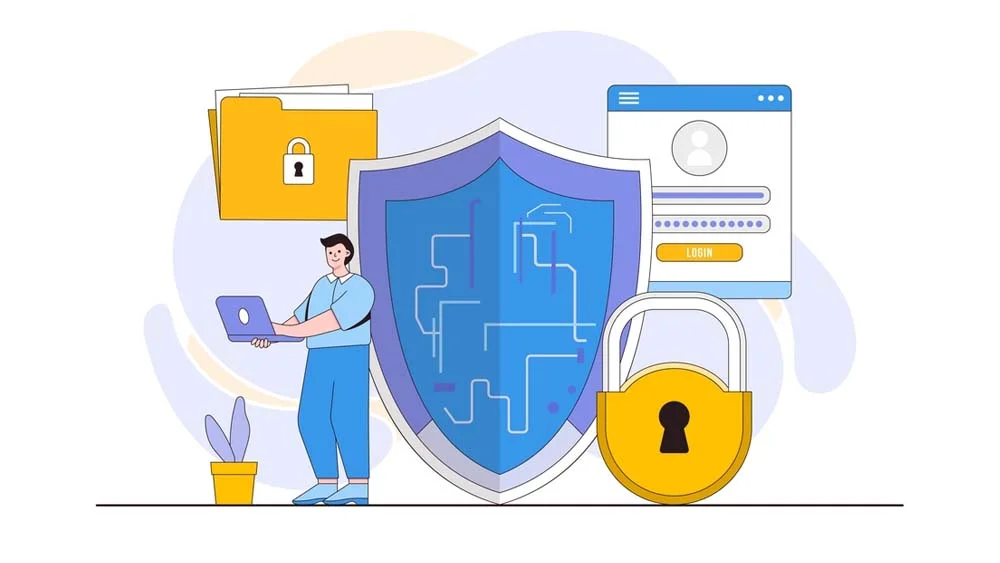With the rise of remote work environments, ensuring robust cybersecurity has become more critical than ever. As employees work from various locations, they introduce new vulnerabilities that cybercriminals can exploit. Understanding these cybersecurity challenges is essential for creating a secure remote work environment. Earning a graduate diploma in cybersecurity can empower professionals with the expertise needed to tackle these threats head-on. Today, we will explore some of the most pressing cybersecurity issues remote workers face and offer practical solutions.
9 Cybersecurity Challenges That You Might Face in Remote Work Environments
-
Increased Attack Surface
Remote work expands the attack surface significantly. Employees access company resources from various devices and networks, many of which may not be as secure as corporate environments. This increased access provides more opportunities for cybercriminals to exploit weaknesses.
Ensuring home networks and personal devices are secure is crucial. Employees should use strong, unique passwords and enable multi-factor authentication (MFA) wherever possible. Additionally, organizations should provide clear guidelines and support to help employees secure their home setups effectively.
-
Inadequate Security Training
Many remote workers lack adequate cybersecurity training, making them more vulnerable to cyber threats. Regular training sessions are vital to educating employees on security risks and best practices. These sessions should cover topics like recognizing phishing attempts, using strong passwords, and securing personal devices. For IT professionals responsible for leading these training sessions, staying up-to-date with the latest security certifications, such as those prepared with SY0-701 Exam Dumps. These can help ensure they’re equipped to provide comprehensive and effective cybersecurity training.
Ongoing education helps employees stay updated on the latest threats and how to mitigate them. Investing in a comprehensive training program ensures that employees know potential risks and how to respond appropriately. For example, pursuing an assistive technology and human services masters degree can provide in-depth knowledge and skills necessary for addressing complex security challenges, especially for those dealing with assistive technologies.
-
Unsecured Home Networks
Unsecured home networks are among the most common issues in remote work environments. Many home Wi-Fi networks lack the robust security measures found in corporate settings. Default router passwords, weak encryption, and outdated firmware can all create vulnerabilities.
Employees should change default router passwords to strong, unique ones to secure home networks and use WPA3 encryption if available. Regularly updating router firmware and disabling unused features can also enhance security. Employers can support these efforts by providing resources and training on securing home networks.
-
Phishing and Social Engineering
Phishing attacks have surged with the increase in remote work. Cybercriminals exploit the lack of face-to-face communication and the reliance on digital communication to trick employees into revealing sensitive information or downloading malware. Common phishing techniques include fraudulent emails, messages, and phone calls designed to appear legitimate.
Employees should be trained to recognize suspicious communications to combat phishing and social engineering. They should verify unexpected requests for sensitive information through separate communication channels and avoid clicking on links or downloading attachments from unknown sources. Implementing email filters and anti-phishing software can also help reduce these threats.
-
Use of Personal Devices
Remote work often involves using personal devices for professional tasks, which can introduce significant security risks. Personal devices may not have the same level of security controls as corporate-issued devices, making them more vulnerable to malware and unauthorized access.
To mitigate these risks, organizations should implement a Bring Your Device (BYOD) policy that includes security requirements for personal devices. This policy might mandate using antivirus software, encryption, and regular security updates. Encouraging employees to separate work and personal activities on their devices can also help protect sensitive information.
-
Lack of Physical Security
In a traditional office environment, physical security measures protect sensitive information and equipment. However, remote work environments often lack these controls, increasing the risk of physical theft or unauthorized access to company data.
Employees should be advised to securely store sensitive documents and devices when not in use. Locking computers and using privacy screens can prevent unauthorized access, especially in shared living spaces. Employers can support physical security by providing secure storage solutions and emphasizing the importance of maintaining a safe work environment at home.
-
Data Privacy Concerns
Remote work increases the risk of data breaches and privacy violations. Employees often handle sensitive information outside the secure confines of the office, making it more susceptible to unauthorized access. Ensuring data privacy involves using secure communication channels, such as VPNs and encrypted messaging services. Additionally, employees should be trained to recognize and handle sensitive information appropriately.
Data encryption is crucial for protecting information both in transit and at rest. This means encrypting emails, files, and any other shared or stored data. Regularly updating software and systems to patch vulnerabilities is also essential. Implementing these measures helps maintain data privacy and protects against unauthorized access.
-
Access Management Issues
Improper access management is a significant security risk in remote work environments. Ensuring that only authorized individuals have access to sensitive information is critical. Implementing multi-factor authentication (MFA) adds an extra layer of security, requiring more than just a password to gain access.
Regularly reviewing and updating access permissions can help prevent unauthorized access. Employees should only have access to the information necessary for their roles, and access should be revoked immediately when no longer needed. Using role-based access control (RBAC) can streamline this process and enhance security.
-
Collaboration Tools Vulnerabilities
The increased use of online collaboration tools, such as video conferencing and project management software, introduces new security risks. These tools often store sensitive information and facilitate communication between remote workers. Ensuring these platforms are secure is essential to protect against data breaches and unauthorized access.
Organizations should choose collaboration tools with strong security features, such as end-to-end encryption and robust access controls. These tools should also be regularly updated to patch vulnerabilities. Educating employees on the secure use of these platforms can further mitigate risks. Consider adding a sentence on how a coworking platform can help brands foster community-driven engagement like influencers do.
Conclusion
The shift to remote work presents unique cybersecurity challenges that require proactive measures to address. Organizations can effectively protect their data and systems by understanding and mitigating risks related to data privacy, inadequate security training, access management, collaboration tool vulnerabilities, and regulatory compliance. Continuous training, clear policies, and robust support are essential for maintaining a secure remote work environment. As technology and work practices evolve, staying vigilant and adaptable will be key to safeguarding against emerging threats. By prioritizing cybersecurity, organizations can create a safe and productive remote work environment for their employees.





